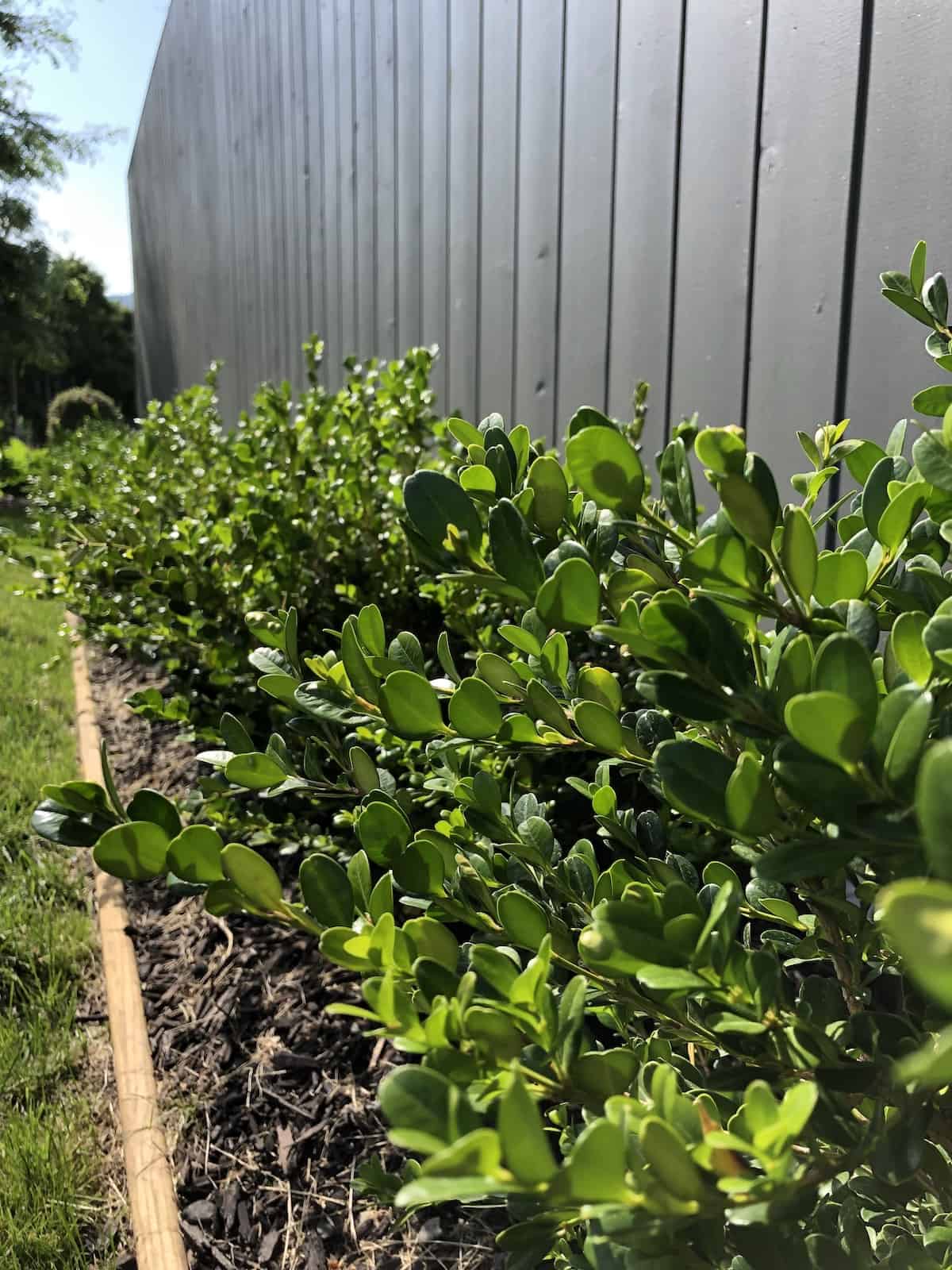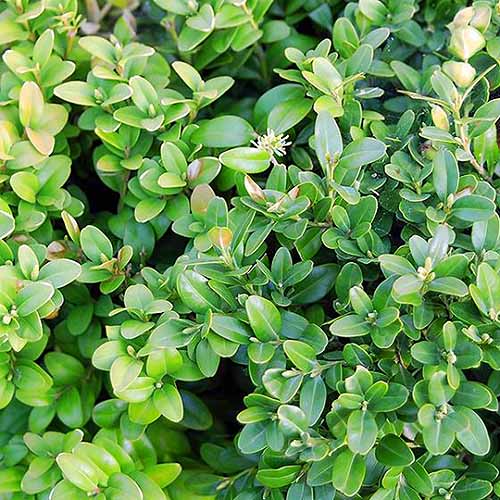Boxwood Plant: The Complete Guide To Growing And Caring For This Classic Shrub
Boxwood plants are a classic addition to any garden. They are evergreen, so they provide year-round interest, and they can be pruned into a variety of shapes and sizes. Boxwoods are also relatively easy to care for, making them a good choice for even beginner gardeners.
In this blog post, we will provide a complete guide to growing and caring for boxwood plants. We will cover everything from choosing the right location to planting and pruning, as well as how to deal with pests and diseases. By the end of this post, you will be an expert on boxwood care!
Introduction
Boxwood plants (Buxus spp.) are members of the Buxaceae family. They are native to Europe, Asia, and Africa, and have been cultivated for centuries as ornamental shrubs. Boxwoods are prized for their dense, glossy foliage, which can be green, yellow, or variegated. They are also relatively slow-growing, which makes them a good choice for formal hedges and topiary.
Boxwoods are hardy in USDA zones 5-9, and can tolerate a wide range of soil types. However, they prefer well-drained soil and full sun or partial shade. Boxwoods are not drought-tolerant, so they need to be watered regularly, especially during hot, dry weather.
Boxwoods are relatively pest- and disease-resistant, but they can be susceptible to boxwood blight, a fungal disease that can cause the leaves to turn brown and die. Boxwood blight is spread by spores, so it is important to water your boxwoods at the base of the plant and to avoid overhead watering. If you see any signs of boxwood blight, you should prune away the affected leaves and branches and dispose of them properly.
Choosing the Right Location
The first step to growing healthy boxwood plants is to choose the right location. Boxwoods prefer full sun or partial shade, and they should be planted in well-drained soil. If you live in an area with hot, dry summers, you may need to water your boxwoods more frequently.
When planting boxwoods, it is important to space them properly. The amount of space you need to leave between plants will depend on the size of the mature plant. For example, if you are planting dwarf boxwoods, you will need to leave about 12 inches of space between plants. For larger boxwoods, you will need to leave about 24 inches of space.
Planting Boxwoods
Once you have chosen the right location, you can plant your boxwoods. Here are the steps involved in planting boxwoods:
- Dig a hole that is twice as wide and as deep as the root ball of the boxwood plant.
- Add a layer of compost or other organic matter to the bottom of the hole.
- Place the boxwood plant in the hole and backfill with soil.
- Water the boxwood plant thoroughly.
- Mulch around the base of the plant to help retain moisture and suppress weeds.
Caring for Boxwoods
Once you have planted your boxwoods, you need to care for them properly. Here are some tips on how to care for boxwood plants:
- Water your boxwoods regularly, especially during hot, dry weather.
- Fertilize your boxwoods in the spring and fall with a balanced fertilizer.
- Prune your boxwoods in the spring or fall to maintain their shape.
- Be on the lookout for pests and diseases and treat them promptly if they occur.
With proper care, your boxwood plants will thrive for many years to come.
Conclusion
Boxwood plants are a classic and elegant addition to any garden. They are relatively easy to care for and can be grown in a variety of settings. By following the tips in this blog post, you can ensure that your boxwood plants will thrive for many years to come.
Boxwood plants are a popular choice for gardeners because of their evergreen leaves, dense growth, and versatility. They can be used as hedges, borders, or specimen plants, and they can be pruned into a variety of shapes. Boxwoods are also relatively easy to care for, requiring only moderate watering and fertilizer.
If you are considering adding boxwoods to your landscape, I encourage you to visit Garden Wiki. This website has a wealth of information about boxwood plants, including their care, cultivation, and history. You can also find a variety of resources, such as plant profiles, articles, and videos.
I hope you find this information helpful.
FAQ of boxwood plant
1. What are the most common uses for boxwood plants?
Boxwood plants are versatile and can be used in a variety of ways. They are commonly used as:
- Specimens: Boxwoods can be grown as individual specimens, either in containers or in the ground. They can be used to add interest and definition to a landscape.
- Hedges: Boxwoods can be used to create formal or informal hedges. They are a good choice for hedges because they are dense and can be easily trimmed into a variety of shapes.
- Mass plantings: Boxwoods can be planted in mass to create a lush and green backdrop for other plants or structures.
- Topiary: Boxwoods are a popular choice for topiary, which is the art of training plants into specific shapes. They can be trained into a variety of shapes, such as animals, geometric shapes, or even human figures.
2. How do I care for a boxwood plant?
Boxwood plants are relatively easy to care for, but they do require some basic care. Here are some tips on how to care for a boxwood plant:
- Plant your boxwood in the right location. Boxwoods prefer full sun to partial shade and well-drained soil.
- Water your boxwood regularly, especially during hot, dry weather.
- Fertilize your boxwood once a year in the spring with a balanced fertilizer.
- Prune your boxwood as needed to maintain its shape and size.
- Protect your boxwood from pests and diseases. Boxwoods are susceptible to a number of pests and diseases, so it is important to inspect your plant regularly and take steps to control any problems that may arise.
3. What are some common problems with boxwood plants?
Boxwood plants are susceptible to a number of pests and diseases, including:
- Boxwood leafminer: This insect tunnels through the leaves of boxwood plants, leaving behind brown, serpentine markings.
- Boxwood psyllid: This insect causes the leaves of boxwood plants to curl and yellow.
- Boxwood blight: This fungal disease causes the leaves of boxwood plants to turn brown and fall off.
- Boxwood scale: This insect attaches itself to the stems and leaves of boxwood plants, sucking the sap from the plant.
If you notice any problems with your boxwood plant, it is important to take steps to control the problem as soon as possible. You can do this by using insecticidal soap, horticultural oil, or neem oil to control pests. You can also use fungicides to control diseases.
4. How do I propagate a boxwood plant?
Boxwood plants can be propagated from seed, but this is a slow and difficult process. The most common way to propagate boxwood plants is by rooting cuttings. To root cuttings, you will need to take 4-6 inch cuttings from healthy, mature plants in the spring or summer. Remove the leaves from the bottom half of the cuttings and dip them in rooting hormone. Plant the cuttings in a well-draining potting mix and keep the soil moist. The cuttings should root in 4-6 weeks.
5. How long do boxwood plants live?
Boxwood plants can live for many years, with some plants living for over 100 years. The lifespan of a boxwood plant will vary depending on the variety of boxwood, the climate, and the care that the plant receives.
Image of boxwood plant
5 different images of "boxwood plant" from Pinterest:





Post a Comment for "Boxwood Plant: The Complete Guide To Growing And Caring For This Classic Shrub"